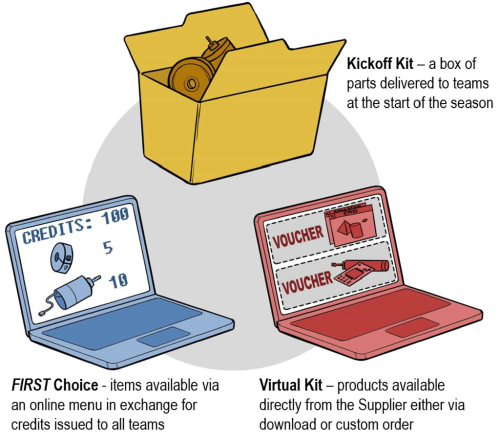


However, the manipulation of delicate objects, such as fruit or internal organs, remains a difficult task for conventional hard robotic arms. Whether used in the production of machines or modern surgery, in the deactivation of explosive devices or unmanned spacecraft, robots have become indispensable in many areas. And the more we can expect to see unsettling headlines about how the robot revolution - think Amazon’s recently-announced Alexa-powered automaton, Astro - is upon us.īy Javier E. However, the longer workers quit, hold out, or put upward pressure on wages in ways that aren’t sustainable, the more we can expect employer desperation to grow in the face of resilient demand. And there’s only so much a robot can do, given that there’s simply no equivalent for uniquely human qualities like empathy and situational judgment. None of this obviates the need to pay workers fair wages, or treat them better. we’re really changing the game on the industry for making it a more efficient model,” Morfogen added.Īlong with previously stagnant wages, the idea that robots are coming for all of our jobs has been a major labor market theme for at least a decade - and is at least one reason behind why people found that viral video of a Boston Dynamics robot so frightening. “If we can get our payroll down to 15-20% instead of the industry normal of 32%, we’re not just saving one restaurant. we didn’t even have an online platform for ordering, we didn’t even have a social media presence, and I think hospitality learned their lesson, we have to embrace technology to make a model here,” the entrepreneur said. It’ll all be remote control, phone operated and with QR codes,” Morfogen told Yahoo Finance. In fact, Morfogen is expanding the format to drive thrus, where tricked-out order technology will allow clients to “come in and out of our drive-thru having zero communication with our staff. Chances are the machine won’t demand time off, ask for a raise - or be reluctant about getting vaccinated. The centerpiece of the Automat is a contraption Morfogen described to The New Yorker as “The Monster.” The founder likened it to the conveyor belt that once bedeviled Lucille Ball in a classic episode of “I Love Lucy.”įor those who haven’t read, The Monster is a machine that can crank out tens of thousands of gourmet dumplings. In an appearance on Yahoo Finance Live last week, Brooklyn Dumpling Shop founder Stratis Morfogen waxed eloquent about his establishment’s use of self-ordering kiosks, powered by a smartphone app that lets the consumer grab and go in a creation he calls the “Automat.” With conditions worsening, we cannot help but wonder if workers are hastening the rise of automation in a way that displaces human labor - but in a more permanent way?Įarlier this year, Yahoo Finance’s Dani Romero reported how stressed out restaurants, which have raised pay to little avail, are leaning on technology to meet heavy demand, and fill the gaps left by a shortage of employees.īy all indications, it’s becoming increasingly apparent that the worker shortage is hastening the rise of robotics and advanced technology to address demand that has mostly defied a slowing economy and the dramatic supply crunch. Yet like everything else in the pandemic-era, the fallout from COVID-19 has poured accelerant on an already raging fire. However irrational, the theme that human workers should fear the dawn of our robot overlords is hardly a novel one. Connecting the seemingly disparate threads, it poses a burning question: Are workers reluctant to fill open jobs - or stay put in them, for that matter - sowing the seeds of humanity’s eventual demise in the labor force? The Morning Brief has ruminated about the impact of the labor shortage and its close blood relative, the Great Resignation. Separately, Google Cloud research in June showed that two-thirds of manufacturers using artificial intelligence (AI) are relying more heavily on it.

Last week, two separate but related labor market themes caught my attention.Īfter Thursday’s news that employees walking off the job hit yet another record in September, a report from Reuters showed that North American companies added a record number of robots this year to bolster assembly lines, in a bid to alleviate the well-chronicled labor crunch (a hat tip on this article goes to economic commentator James Pethokoukis, who runs one of my favorite reads on the global economy).Ĭiting data from the Association for Advancing Automation, Reuters pointed out that industrial firms rang up nearly $1.5 billion worth of robots (29,000 to be exact) - a whopping 37% more than the comparable period in 2020. Tuesday, NovemHow ‘I quit' is leading to 'I, Robot' Get the Morning Brief sent directly to your inbox every Monday to Friday by 6:30 a.m. This article first appeared in the Morning Brief.


 0 kommentar(er)
0 kommentar(er)
